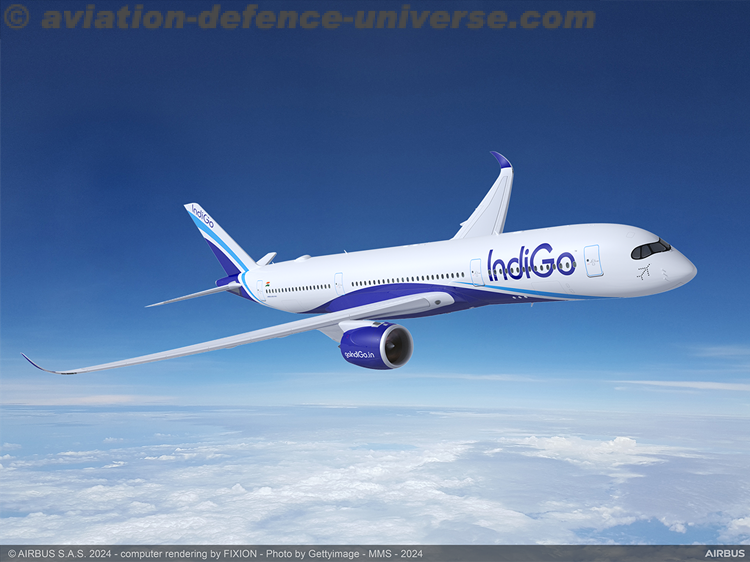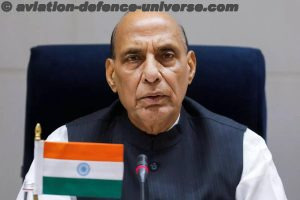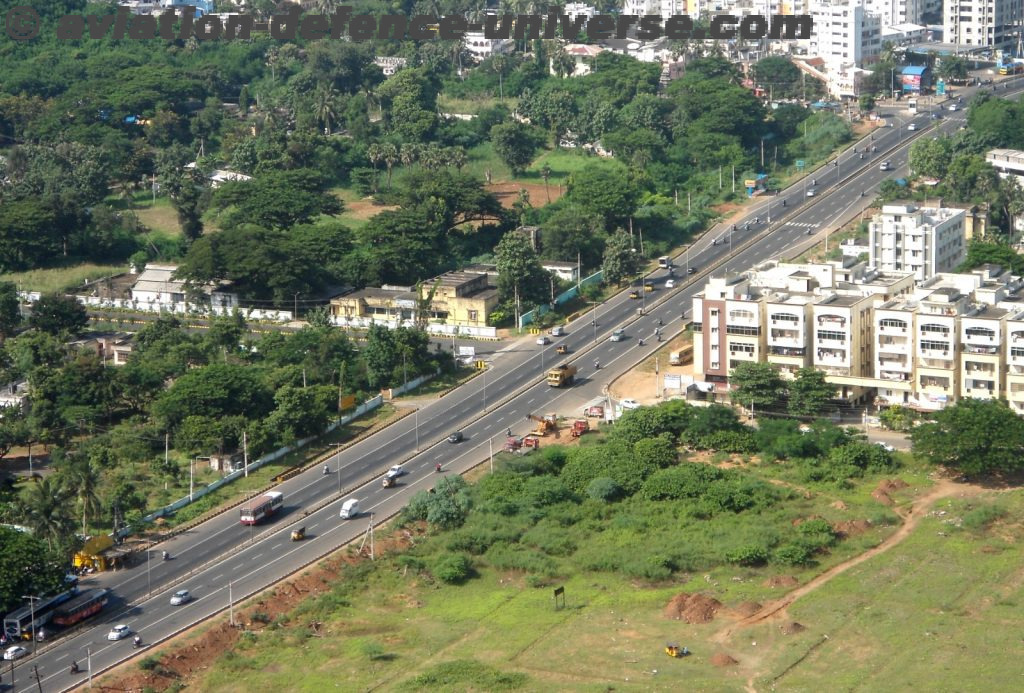Dear friends,
With China having objected to Indian Naval Eastern Fleet ships in South China Sea and the President of India all set to visit the trying to be friendly neighbour, the troubled waters of the most disputed water body in the region seem to be washing the shores of India gently. It is evident that China cannot keep flexing its muscles and India takes a backseat. It is following the lateral pressure theory which is more of a tit for tat.
The truth is that India has not been really able to prevent Chinese ships from sailing in the Indian Ocean, So it responds by cruising in the South China Sea . And there is nothing new in this response. Since the year 2000, generally twice a year the Indian Navy has been deploying in the South China Sea whether it has been its practicing or the bilateral port calls to exercise with the other countries in the sea. Brunei, Malaysia, the Philippines, Taiwan and Vietnam also have laid claims to the waters.
Despite not being geographically in the South China Sea, India’s role in maintaining peace in the region by playing an incremental role in the disputed waters is being recognised and it is perceived as a major power in cultivating balance of power in the South China Sea. Another form of balancing in the South China Sea by is India’s strategic partnerships with the US, Australia and Japan , which keep the rest of the world guessing.
Dredging pipes, seawall, 10,000-foot airstrip, support buildings, cement plant, temporary loading pier, harbour and the list seems to be expanding by leaps and bounds. In recent months, eyes in the sky have shown that China to claim its supremacy and ownership of the South China Sea, has not only completed two of its largest island building projects, at Mischief Reef and Subi Reef but has also built airstrips on each of those islands.
On the other hand both the United States and India feel that freedom of navigation in the South China Sea is a must and China doesn’t like this statements of partnership between the two friends Washington and Delhi. China also finds it hard to digest that India’s strategic engagements with Japan, Vietnam, and Philippines have not only become routine but also serious.
Recently the South China Sea has been the reason for rise in maritime tensions. Two fighter jets and surface-to-air missiles on Woody island and the latest satellite images probable radar infrastructure in the islands created by China in the sea, leave no doubt on its intentions.
South China sea will be the battle field of the future if China’s hegemony continues . But India’s developing role in maintaining peace in the turbulent waters can be a deterrent. Modi Government recognizes the importance of South China Sea for both trade and strategy. And the age old philosophy of befriending enemy’s enemies is India’s strategy it seems. It is strengthening its relationship with Southeast Asian nations and is in the bargain getting a big brother image in the region. India is now voicing its concerns over South China Sea as a regional security player and not as a fence sitter.
Sangeeta Saxena
21 May, 2016
























































































































